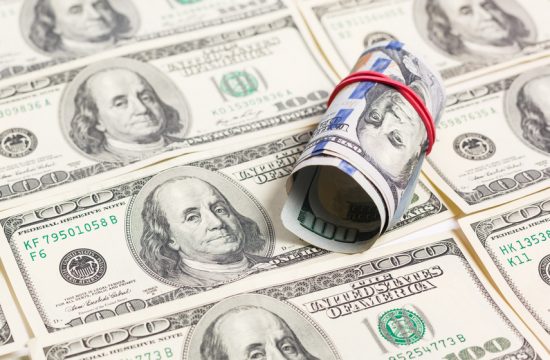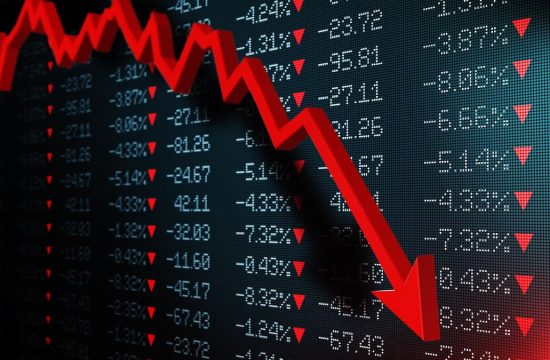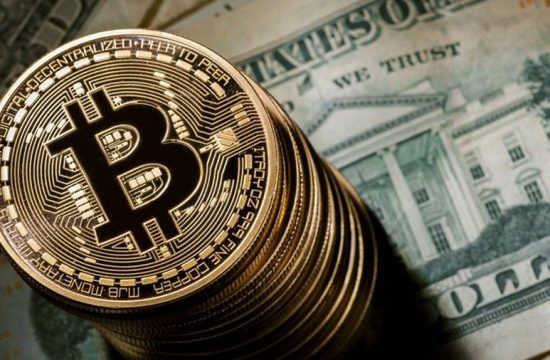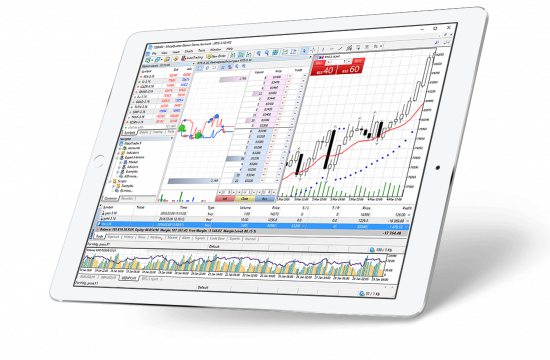By Giles Coghlan, Chief Currency Analyst, HYCM
Whether you received your trading education in the classroom or in the markets themselves, we’ve all been taught that gold is where capital goes when market participants fear inflation, when growth appears to be off the agenda, and when geopolitical conflict appears as though it may be on the cards.
A Tale of Three Augusts
Well, we’ve been experiencing at least two of the above at any given time as markets have dithered between fears of new coronavirus variants versus reflation for the entirety of 2021. More than just the fear, we’ve all personally experienced pandemic restrictions, as well as the pinch at both the cash register and the fuel pump. And yet, the most the yellow metal has managed in this economic climate is merely breaking its August 2011 all-time high by around 8% in August 2020, before promptly retreating below that former high.
What we’ve technically seen since that August 2020 high-water mark, is the formation of a large symmetrical triangle, which gold broke out of in a bearish direction in August of 2021. If you were to follow that upward sloping blue line out beyond the point of the triangle, you can see that gold’s recent fakeout actually touches the bottom of that line as resistance.
So, while the inflation numbers have been going one way (up), gold’s price has been moving in the opposite direction (down).
Taking recent news as an example, the highest resolution you’re likely to get if you just scan the headlines on a day-to-day basis is that gold rose a smidge over fears of the new Omicron variant of the coronavirus, only to be supplanted by the opposite headline a few days later saying that gold prices have slightly come off as investors weigh the threat of Omicron. Since the pandemic, we’ve had versions of the same thing in other markets, as investors have rotated between value and growth, or between dollar strength and dollar weakness.
The C-Word
Gold traders will by now be sick and tired of hearing about how cryptocurrencies have taken the baton from gold since the pandemic and have started performing as a true inflation hedge. There’s not an awful lot of data going back to 2011 in crypto markets; however, there is a crypto exchange in which the first Bitcoin monthly candle starts – quite appropriately – on August 1, 2011, at around $12. Measuring the percentage change from that candle to the current price reveals a 450,000% move up in the decade that has elapsed since that $12 print. That’s not a typo. So, to reiterate, we have one inflation hedge that has barely kept up with the pace of inflation itself, and another digital version designed explicitly as an inflation hedge that has made empire-building money for some people.
Central Banks Sell Gold
Speaking of empires, by now we’re all aware that currency debasement has gone hand in hand with the fall of empires. The word ‘debasement’ comes from the practice of mixing base metals with precious metals to lower the content of gold or silver in each coin while preserving the face value. We now live in an exclusively fiat age, where our money is backed by little more than the trust we place in governments and central banks.
Despite this, and perhaps due to some quirk of history where gold reserves once meant more than they currently do, central banks are still large holders of gold. A recent Bloomberg piece details how central banks have become sellers of gold for the first time since 2010.
The original article was actually published at the end of October 2020 and updated precisely a year later in October of 2021. The initial piece referred to the selling that followed that August 2020 break of 2011’s all-time high. The recent update reveals the largest recent sellers to be Uzbekistan and Turkey, with Russia also having made its first quarterly sale in 13 years. Looking back at the chart, this activity could account for the caps we’ve seen on every attempted gold rally in the latter half of this year. And, as you can see from the chart below detailing Turkey’s declining gold reserves, it would seem that Turkey is currently cashing out of all the gold it appears to have accumulated during the pandemic.
Is Gold Dead?
The disparity between bitcoin and gold’s performance over the past decade may create some feeling that gold is an asset of the past. However, the evidence suggests that this could have more to do with the fact that, the very entities debasing their respective national currencies en masse are also massive holders of the very asset that would hold them accountable for their actions. This has clearly not been the case with crypto assets, and this probably accounts for a large part of the disparity between gold and bitcoin.
You have to think that, were bitcoin on the balance sheet of every central bank, it’s highly unlikely we would have seen it performing in an astronomical manner it has since its inception. Furthermore, it’s also important to remember that an asset with thousands of years of history doesn’t just go away; and the more the narrative skews in that direction, the more I’d be watching for gold to surprise us all and have its own moment in the sun.
Paths Towards a Bullish Outcome
The Fed’s hawkish talk proves to be mere posturing and it stands still in order to appease the markets. The Omicron variant dominates the headlines for longer and changes people’s behaviour, providing the Fed with more of an excuse to hold until further notice. If this happens to play out with inflation continuing to rise, it should push yields lower, particularly if inflation outpaces the rise in bond yields. If you add to this, the strong seasonal demand for gold purchases into the Chinese Lunar New Year, then you have the real possibility of a gold bull market.
Paths Towards a Bearish outcome
If the recent Omicron variant fears fade away and the US economic recovery exceeds market expectations, then yields should rise higher. If inflation does, in fact, turn out to be transitory, then real yields will rise alongside the USD and this will be a negative impulse for gold prices.
Gold CFD is available for trading at HYCM, as well as 300+ other instruments in commodities, forex, indices, stocks, cryptocurrencies and ETFs.











